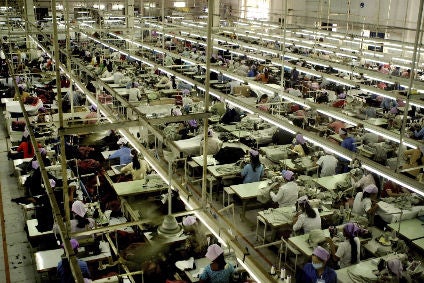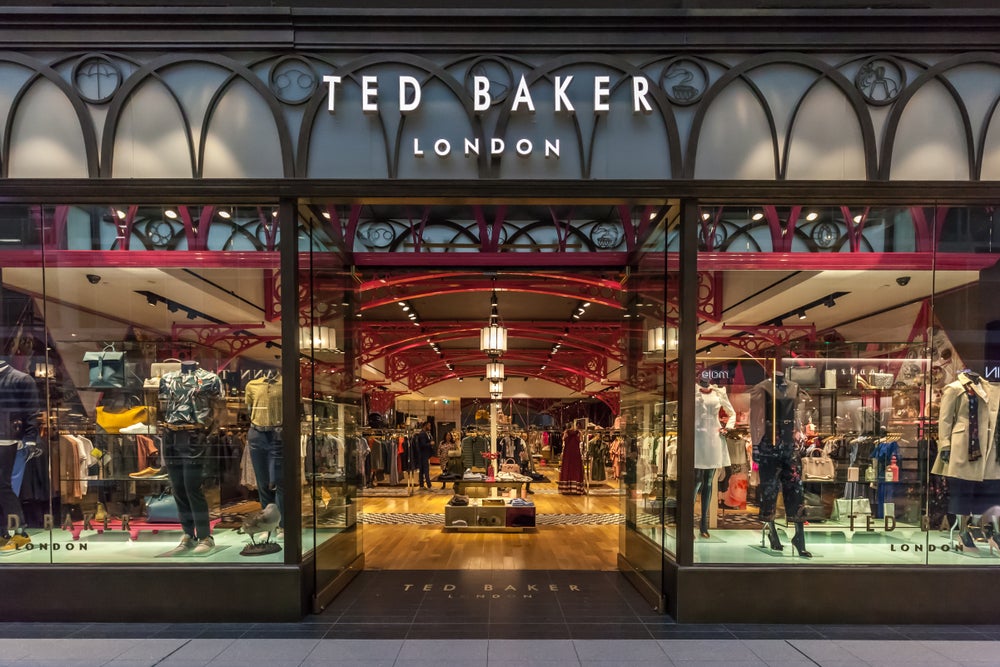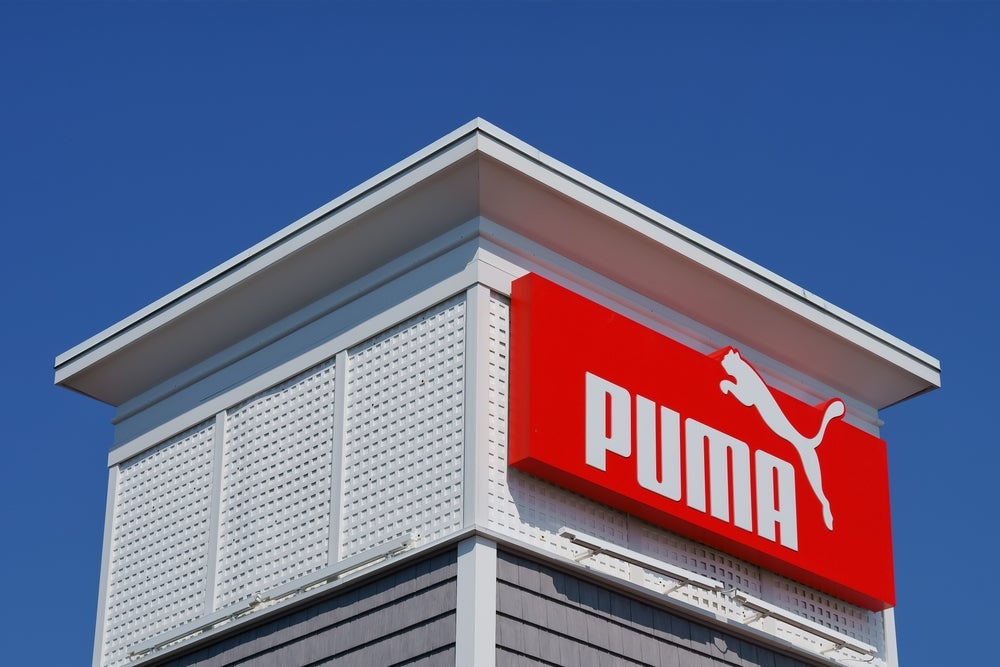
The international clothing industry must take a holistic and assertive approach to detecting and fighting threats within the supply chain, which are “changing faster than your analogue tracking processes,” a military security expert has warned. Indeed, a deep-dive crime analysis could be what’s needed.
Run by the US Fashion Industry Association (USFIA), the web-based event ‘A Needle in a Haystack: Supply Chain Threat Detection,’ largely drew on the expertise of Norm Litterini, Washington DC-based risk, threats and analytics director at accounting network PwC.
Despite progress made in controlling basic cheating on the part of suppliers and better monitoring of potential human rights and social abuses by overseas suppliers, a recent uptick in counterfeiting and IP theft has prompted fresh worries in the American fashion industry, Litterini says.
These include “legacy threats,” such as theft, cost manipulation, and diversion of output onto the black market,” says Litterini, a West Point graduate who spent more than two decades working on global crisis domain threats for the US military.
He adds such threats “are in fact the things that most bookkeepers would look for” and for which companies “tend to reward detection in most organisations.”
See Also:
He gave industry executives attending the event an overview of how these legacy threats have been augmented by concerns that manufacturers could risk brand reputation by concealing exploitation of their workforce. Such poor labour practices can damage brand reputations if they are revealed.
How well do you really know your competitors?
Access the most comprehensive Company Profiles on the market, powered by GlobalData. Save hours of research. Gain competitive edge.

Thank you!
Your download email will arrive shortly
Not ready to buy yet? Download a free sample
We are confident about the unique quality of our Company Profiles. However, we want you to make the most beneficial decision for your business, so we offer a free sample that you can download by submitting the below form
By GlobalData“Threats in your supply chain are changing faster than your analogue tracking processes. One courageous person posting something on social media can change the world – and you need to be able to detect something like that”
Despite global progress made against sweatshops, publicity surrounding abuses can still have significant potential to cause trouble for brands. “Threats in your supply chain are changing faster than your analogue tracking processes,” he points out. “One courageous person posting something on social media can change the world – and you need to be able to detect something like that.”
Counterfeiting challenges
As regards detecting counterfeiting, Litterini said there were lessons to be learned by industry from military cyberwarfare techniques, advanced data collection, analysis and associated controls. The automation that will make counterfeiting and fraud problems “more surmountable is already here today. The types of solutions that the fashion industry will find useful exist and they’re out there in the national security realm.”
With such technology, versions of which is becoming available in the private sector, “the proverbial needle in the haystack is getting easier to detect,” he says. “The nefarious activities may differ, but the first upside is that all the bad guys who would like to operate in your supply chain have roughly the same playbook,” and that is they launder money – an activity that banks, other financial institutions, accountants and other professionals have a duty to look out for and report.
Adequate threat detection means collecting data from several levels into the supply chain. Indeed, brands need to dig deeper, looking at contacts of contacts to see if their suppliers have known criminal links.
“The very same actors that we see in connection with narcotics, human traffickers and money launderers” may also target the clothing sector,” says Litterini. “There are synergies between these groups, and they try not to be your top-tier customer. You’ve got to look out to your second, third and fourth level.
“The data’s there and it’s telling you that there’s a certain list of hot vendors out there that you’ve got to be hitting. Counterfeiting is as bad as it’s ever been. You need to address this, and other problems and it is doable.”
Risk-based approach
One useful strategy is to take a risk-based approach, focusing resources on poorly regulated jurisdictions where counterfeiting and IP theft is most likely to occur. There are also “hot locations,” he explains, noting: “You’ve got to be monitoring, also protecting your IP, particularly if you’re talking about Russia, China or other weakly regulated states.”
In addition to IP theft, data protection and counterfeiting threats also tend to originate from these areas. He adds that clothing companies also needed to dig deep to make sure their supply chain members are not linked to entities and people covered by sanctions, for instance in Russia and Iran.
Litterini also raised eyebrows by stressing lessons to be learned from national security issues and solutions, “which is normally not what we’re focused on.”
USFIA president Julia Hughes, among those sitting in on the webcast, noted later that a takeaway for clothing executives was the need to be “focusing on the different kinds of risk.”
She told just-style: “The number one concern we’re looking at is the counterfeiting risk,” highlighting an Organisation for Economic Cooperation & Development (OECD) report released in March showing that the trade in fake and counterfeit groups currently constitutes 3.3% of global trade and is rising.
The report puts the value of imported fake goods worldwide based on 2016 customs seizure data at US$509bn, up from US$461bn in 2013, when this constituted 2.5% of global trade. Moreover, these figures do not include domestically produced and consumed fake goods, or pirated products being distributed via the internet.
The goods making the biggest shares of the 2016 seizures were footwear (22%), clothing (16%) and leather goods (13%). The majority of the seized fake goods originated in China and Hong Kong, with other major points of origin including the United Arab Emirates (UAE), Turkey, Singapore, Thailand and India.
The countries being targeted the most were the United States, whose brands or patents were concerned by 24% of the fake products seized, followed by France at 17%, Italy (15%), Switzerland (11%) and Germany (9%).
Supply chain deep dive
Hughes says the OECD findings came as a surprise to her and her industry colleagues, given the progress made over recent years in fraud detection and supply chain threat auditing systems.
“I personally would have thought that counterfeiting has been easier to control, but it hasn’t worked out that way,” she says, adding that anecdotal evidence points to some threats originating from within the supply chain itself. “We’re hearing that sometimes the source for counterfeits is connected to who’s in the supply chain taking the seconds or remainders and selling them.”
This, of course, echoes Litterini’s call for supply chain deep dive analysis, increasing and more sophisticated data collection, with surveillance systems being smarter and not just constituting a “data lake” that companies need to fish around in.
“It’s got to be decision oriented,” Litterini says of the systems that companies need. “It’s got to be able to pass the ‘so what’ test. Do I drop that vendor or do I just need to make a phone call?”
And while data costs needed to address these supply chain threats “tend to be pretty breathtaking across an organisation,” he argues these investments can pass a risk/reward analysis muster. If, as a result of these systems, companies “drop a vendor that’s been fleecing them that justifies it, but you just don’t want to wait that long. Nobody wants to be the next headline.”







